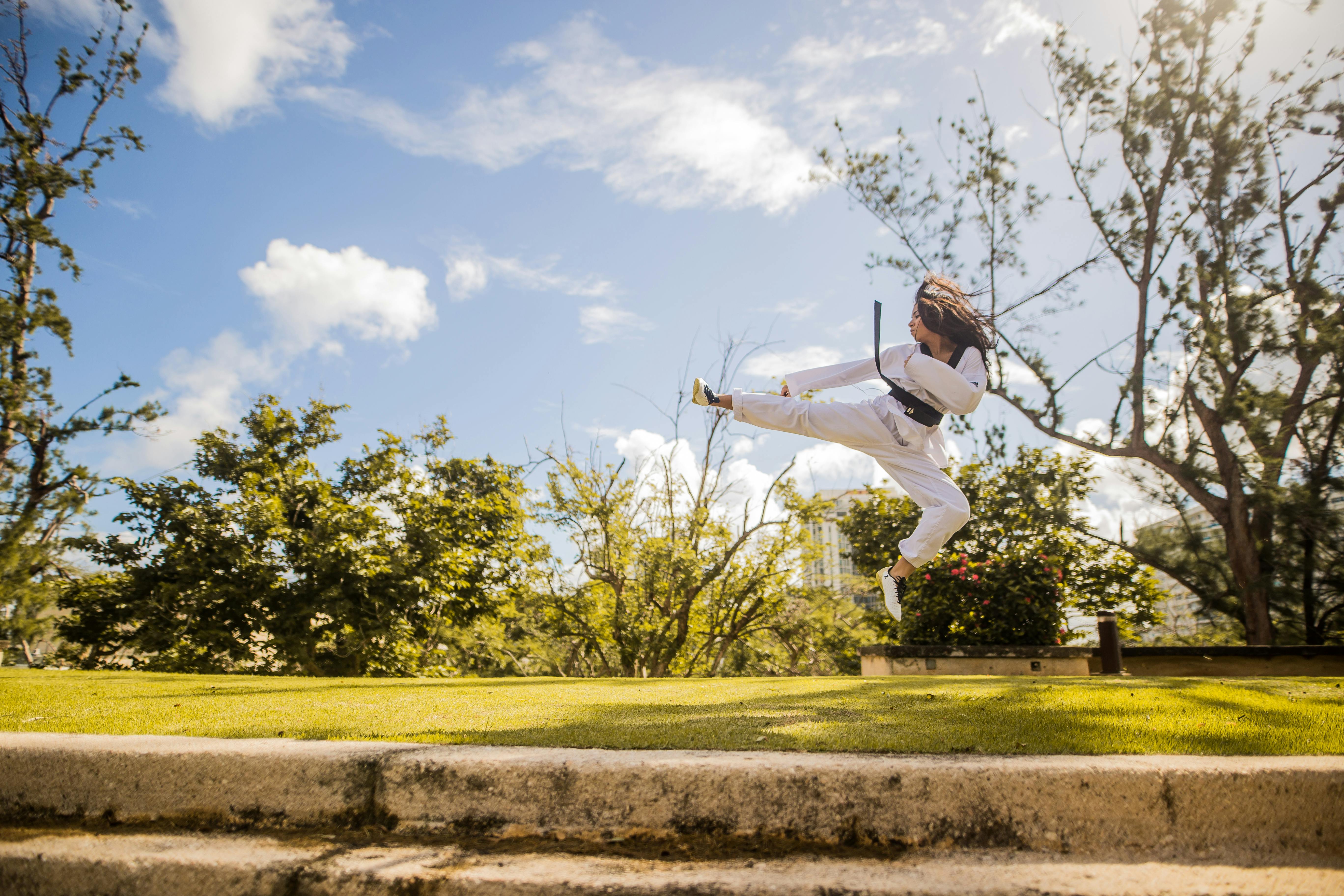Breaking Barriers: The Emergence of Mixed Martial Arts
Mixed martial arts (MMA) offers a thrilling spectacle of skill, strength, and strategy, intertwining different combat styles into an unparalleled athletic display. The sport has rapidly gained popularity worldwide, captivating audiences with its raw intensity and grit. This article delves into the rise of MMA, its current trends, and its impact on the global sports landscape.

The Genesis of MMA: A Fusion of Fighting Styles
The story of MMA is a tale of convergence; it’s about different combat disciplines coming together to create a new sporting phenomenon. The sport’s roots can be traced back to the ancient Olympic games, where Pankration—a combination of wrestling and boxing—was a popular event. However, it was not until the late 20th century that MMA as we know it began to take shape.
The birthplace of modern MMA is often attributed to Brazil, where the Gracie family began organizing Vale Tudo (anything goes) matches in the 1920s. These matches allowed competitors from various martial arts backgrounds to compete, leading to the development of Brazilian Jiu-Jitsu—a martial art focusing on ground techniques and submissions.
MMA Today: A Global Phenomenon
In the current sports landscape, MMA holds a prominent position. Organizations such as the Ultimate Fighting Championship (UFC) and Bellator MMA have brought the sport into the mainstream, showcasing fights between top athletes from various martial arts disciplines.
Current trends in MMA include an increased focus on comprehensive training programs that encompass multiple combat styles. Fighters are no longer content with mastering a single discipline, instead embracing a more holistic approach to combat. This shift has led to the rise of multidisciplinary training centers, housing experts in boxing, wrestling, Brazilian Jiu-Jitsu, and Muay Thai under one roof.
The Science Behind MMA: Training and Performance
MMA is a physically demanding sport that requires a high level of physical fitness, technical skill, and strategic thinking. Training methodologies in MMA are multifaceted, combining strength and conditioning workouts with technical drills and sparring sessions.
The physical benefits of MMA training include improved cardiovascular fitness, enhanced strength and flexibility, and better coordination and reflexes. However, the sport also poses challenges, including a high risk of injury and the physical and mental demands of intensive training and competition.
MMA’s Influence: Shaping the Future of Combat Sports
MMA’s global popularity has significantly influenced the world of combat sports. The sport’s success has prompted traditional martial arts organizations to incorporate elements of MMA into their competitions, blurring the lines between different combat disciplines.
Moreover, MMA’s rise has also sparked conversations about fighter safety and the ethics of combat sports. These discussions are crucial, driving changes in rules, regulations, and training practices aimed at protecting athletes.
The Power of MMA: Beyond the Octagon
While MMA is primarily about combat, its influence extends beyond the octagon. The sport has become a vehicle for promoting values such as discipline, respect, and perseverance. Many MMA athletes are role models, using their platforms to inspire and motivate others.
In conclusion, MMA has transformed the sports landscape, pushing boundaries and challenging traditional notions of what combat sports can be. Its unique blend of physicality, technique, and strategy offers a fresh perspective on athletic competition, captivating spectators and participants alike.




